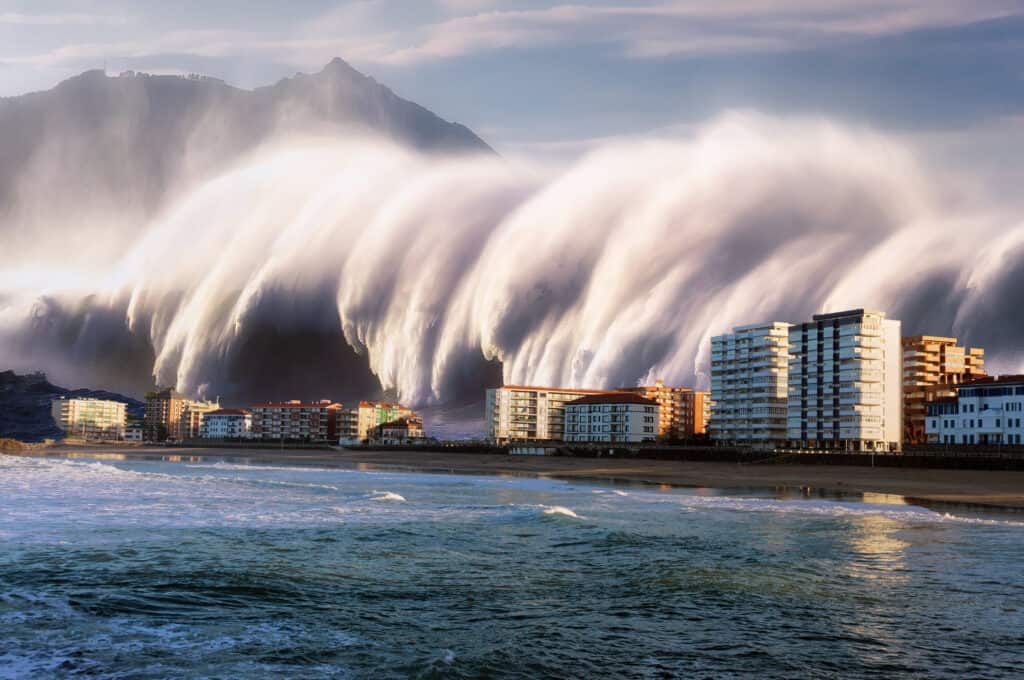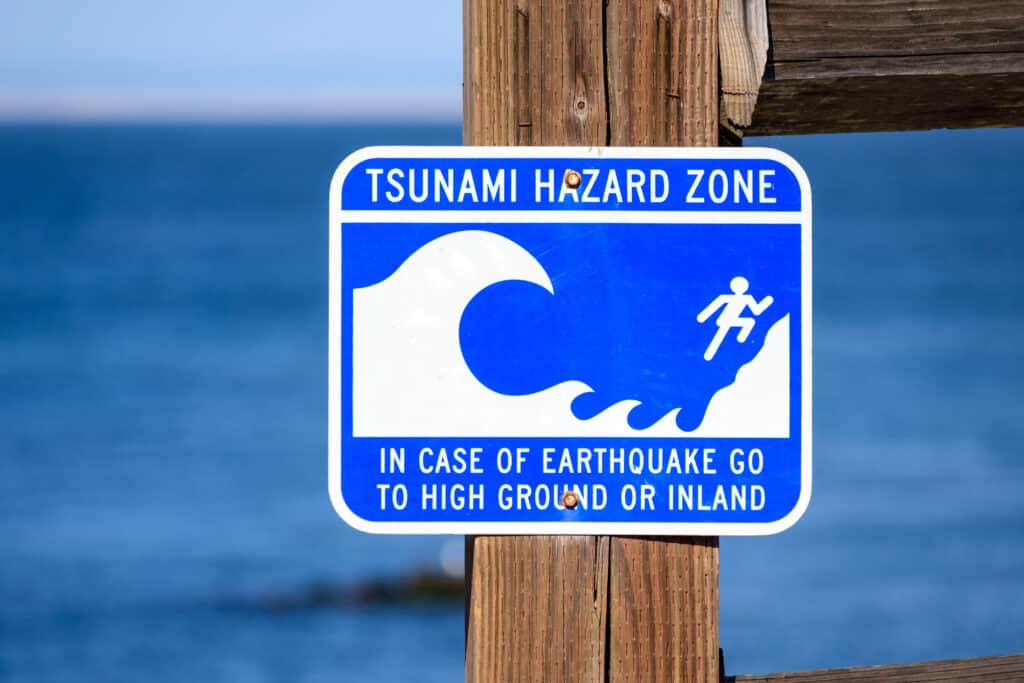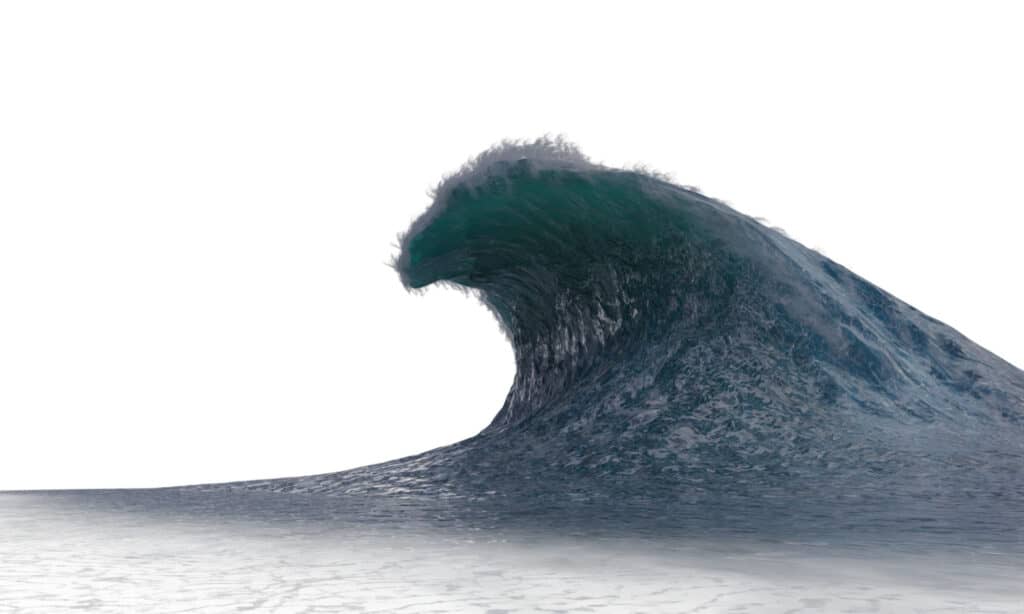The United States is a big place. When natural disasters occur in one region of the country, they are unlikely to have a noticeable impact on the rest of the country. Wildfires on the Pacific Coast may be raging, but the skies could be free and clear on the Atlantic Coast! Apart from the widespread impact of various natural disasters, there is another element to the size of America: the types of natural disasters. The country is extremely varied in its climate and geography, and some things just don’t happen everywhere in the country! The Pacific Coast, for example, rarely has earthquakes, while the Atlantic Coast can have them almost every day.
Today, we are going to be taking a look at a natural phenomenon that people on the Atlantic Coast rarely have to think about: tsunamis. Let’s learn about the future tsunami that could destroy the Atlantic Coast!
The Canary Islands Could Trigger a Megatsunami that Could Potentially Sweep across the Atlantic Coast.

One scientific paper predicted a potential megatsunami that could sweep across the Atlantic Coast.
©Mimadeo/Shutterstock.com
The Canary Islands are a group of islands that are located off the western coast of Africa. They aren’t large islands, but they are home to something really important: volcanoes. Part of what makes tsunamis a more common occurrence along the Pacific is the presence of volcanoes and tectonic plates that are currently quite active. The Atlantic has some of these volcanoes, but they aren’t nearly as active as the ones along the Ring of Fire in the Pacific Ocean.
Just because a volcano isn’t active, however, doesn’t mean it isn’t there! In fact, the Canary Islands are home to the Cumbre Vieja, an active volcanic ridge on the island of La Palma. It has erupted in the past, but it wasn’t until recently that a scientist noticed something strange about the volcano. After research, the scientist learned that the western ridge of the volcano wasn’t stable and was in the stages of a collapse.
Why Does It Matter if a Volcano Near Africa Collapses?
After this discovery, more papers began to come out dealing with the potential problems with this large portion of land on the western side of the volcano. With each eruption, the land mass becomes more and more unstable. Eventually, an eruption large enough could cause the entire piece of land to crash into the ocean. The size of the chunk? Between 150 and 500 km3.
This is What Happens if the Worst-Case Scenario Occurs.

In the worst-case scenario, walls of water 25 meters high could sweep across the east coast of the United States.
©Michael Vi/Shutterstock.com
If the worst-case scenario occurs, 500 km3 of rock and debris will crash into the ocean all at once. This displacement could cause a dome of water 900 meters tall to erupt from the water. That dome would then turn into a wave towering 600 meters high, just under half a mile tall. The wave would be traveling at speeds of around 500 mph and heading due west, directly at the Atlantic Coast.
Nine hours later, the megatsunami would finally hit the East Coast of the United States. Having to travel so far, most of the energy of the wave would have dissipated. Still, the Atlantic Coast would be rocked by 20-25 meter waves, especially in regions like Florida and the Caribbean Islands. The rest of the Atlantic Coast would likely be hit by 10-25 meter waves, damaging cities and impacting millions of people.
Thankfully, We Probably Don’t Have to Worry about the Worst-Case Scenario.

The study was criticized for being alarmist. The event likely won’t happen for thousands of years, and it will likely be much smaller.
©MAX79/Shutterstock.com
During the flood of scientific papers that were released after the initial studies on the Canary Islands, the one that details the megatsunami hitting the Atlantic Coast has been heavily criticized. Scientists from all around the world believe that the paper sounds too “alarmist” and that the real-life scenario would be much different and less dangerous. Even more, the likelihood of this event happening any time soon is low.
The last time that something even remotely similar happened was in 1888 in Papua, New Guinea. A volcano on Ritter Island erupted and caused a 5 km3 chunk of land to fall into the ocean, sending a relatively large tsunami that damaged the localized region. In the case of the Cumbre Vieja, it is much more likely that a smaller chunk of the island would fall, not the entire 500 km3.
The Event Will Probably Happen in the Future, but It Will Be Much Smaller and a Really Long Time from Now.
Should you be worried? Probably not. The most accurate projections place the Cumbre Vieja collapse happening thousands of years from now. It could be a problem, but it’s not something that any humans alive today need to worry about! Even more, when it does happen, it will likely be much smaller than the alarmist “worst-case scenario” paper would have us believe.
The photo featured at the top of this post is © Mimadeo/Shutterstock.com
Thank you for reading! Have some feedback for us? Contact the AZ Animals editorial team.






